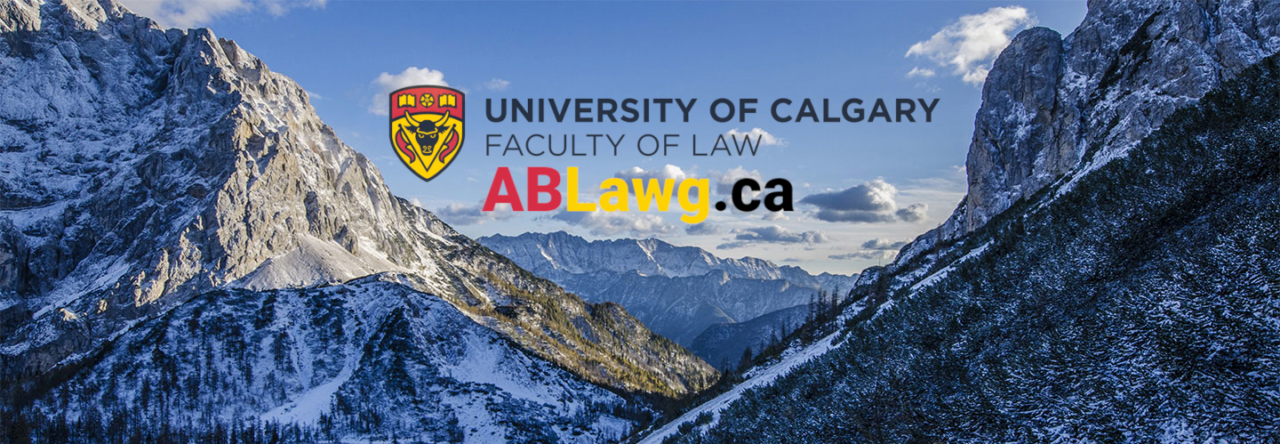By: Amy Matychuk
PDF Version: R v Boudreau: Senior Crown Recused Due to Hostility, “Animus” Toward Accused?
Case Commented On: R v Boudreau, 2021 ABPC 175 (CanLII)
In R v Boudreau, 2021 ABPC 175 (CanLII), Judge F. K. MacDonald for the Provincial Court of Alberta ordered that Mr. Mark Huyser-Wierenga, a Crown prosecutor, recuse himself from conducting a prosecution against the accused, Mr. William Boudreau. Judge MacDonald found that Mr. Huyser-Wierenga’s conduct showed “a lack of objectivity and an inappropriate hostility” to Mr. Boudreau’s defense counsel, Ms. Ellen Sutherland (at para 110). Mr. Huyser-Wierenga also put himself in a position of conflict and conducted himself recklessly or with unacceptable negligence. In this unusual decision, Judge MacDonald issues a stern rebuke to a very senior male Crown prosecutor who not only treated junior female defence counsel discourteously and unprofessionally, but also gave rise to a reasonable apprehension of bias against the accused by making himself a witness and using hyperbole and overstatement when before the court.

